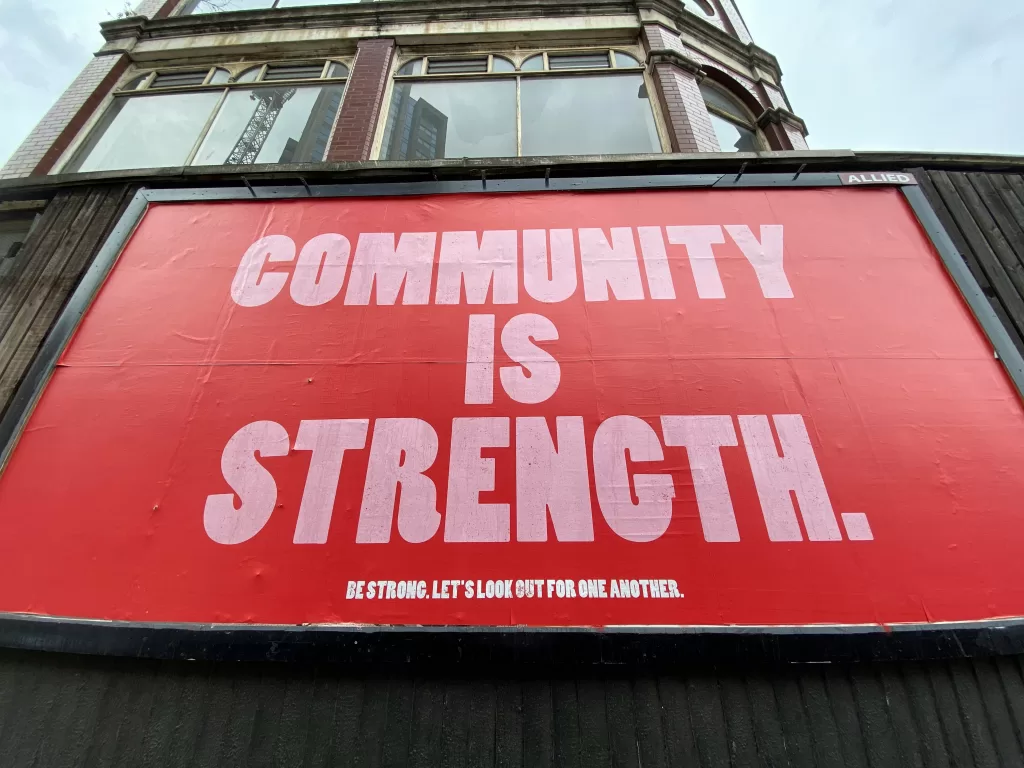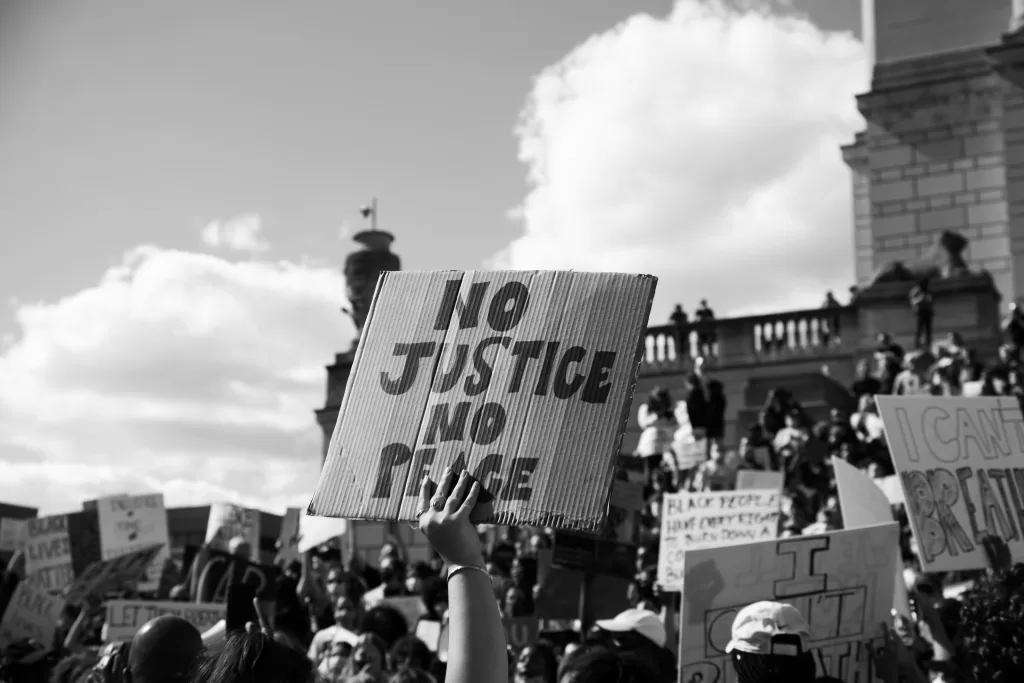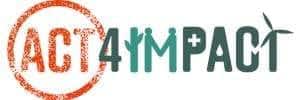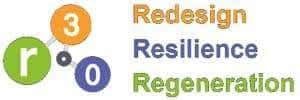What Is Citizen Enforcement in Sustainability and, better yet, thrivability?
Citizen enforcement for environmental sustainability refers to the actions taken by individuals and communities to hold polluters and policymakers accountable. Unlike formal government oversight, it relies on public environmental monitoring and civic responsibility. Therefore, citizen enforcement for environmental sustainability involves people organising to ensure that laws are followed, ecosystem services are protected, and health outcomes are prioritised (Herrera, 2024).
Traditional regulation often depends on top-down approaches. These are frequently under-resourced, bureaucratic, or politically compromised. In contrast, bottom-up sustainability uses communities’ vigilance, shared values, and voluntary action. This decentralised model is vital today, especially where institutions are overwhelmed by the scale and complexity of environmental harm (Razzano & Bernardi, 2024).
According to the UN’s State of the World’s Indigenous Peoples report, Indigenous Peoples lead “customary enforcement” grounded in ancestral knowledge. These local approaches often outperform formal regimes in protecting biodiversity, regulating resources, and preventing degradation (UN, 2025).

Source: Photo by John Cameron on Unsplash, June 3, 2020
The Case for Strong Sustainability
The current sustainability paradigm, often centred on the United Nations’ Sustainable Development Goals (SDGs), faces growing criticism. It allows destructive trade-offs to continue under the name of progress. Weak sustainability approaches often assume that manufactured capital, such as technology or infrastructure, can replace lost natural capital, such as forests and clean air. As a result, this logic enables “sustainable growth” even as biodiversity collapses and climate risks intensify (Rice, 2021).
The THRIVE Framework’s Foundational Focus Factor of Strong Sustainability rejects this substitution myth by affirming that natural systems pose limits that can neither be reversed nor substituted once crossed. Within this context, citizen enforcement emerges as more than a legal mechanism; it becomes a moral duty when institutions fail to safeguard shared ecosystems (Kharchuk, 2024).
Indigenous environmental governance demonstrates this principle in practice (Kelbessa, 2022). Rooted frameworks of ancestral law and stewardship treat forests, glaciers, and watersheds as sacred and essential, explicitly rejecting the idea that such resources can be exchanged for financial value. In doing so, Indigenous approaches closely reflect THRIVE’s Strong Sustainability and Finite Resources factors. Finite Resources highlights that Earth’s ecological systems provide limited life-supporting resources, requiring humanity to live within absolute biophysical thresholds.
Citizen-Led Monitoring and Reporting
Community monitoring includes air and water testing, waste tracking, biodiversity counts, and more. In the Peruvian Amazon, Indigenous communities have partnered with state institutions to form protection brigades. These groups monitor illegal deforestation, oil spills, and land encroachment. Their data often arrives faster and proves more accurate than government reports (Villagra, 2023).
Technologies like mobile apps, satellite imagery, and open platforms now support grassroots oversight. These tools help people collect and share reliable data. As such, this public oversight uncovers violations and builds local databases that strengthen legal and policy responses (Koedel et al., 2024).
Examples from around the globe demonstrate the success of such efforts:
- In India, the National Green Tribunal allows citizens to bring environmental cases directly to court (Muschott, 2024).
- In the Philippines, citizen groups monitor mining activity and report abuses (Santiago, 2024).
- In Latin America, indigenous groups use drones to track illegal logging and defend ancestral lands (Sauls et al., 2023).
These efforts reflect Systems Thinking, which emphasises understanding how different parts of society, nature, and the economy are interdependent and cannot be addressed in isolation. In this view, environmental damage is inseparable from health, equity, and governance impacts. Likewise, the THRIVE Framework’s recognition of Complex-Wicked Problems highlights that many sustainability challenges are multidimensional, lack simple solutions, and require adaptive, context-driven responses. A heat wave or chemical leak connects directly to broader systemic risks. By recognising these Complex-Wicked Problems, citizen monitors provide local insights that centralised agencies often overlook.

Source: Photo by Joshua Hoehne on Unsplash, August 22, 2019
From Protest to Policy: How Citizen Enforcement Strengthens Sustainability
Citizen enforcement for environmental sustainability doesn’t stop at monitoring; instead, it transitions into activism and policy influence. Civil disobedience, petitions, litigation, and electoral engagement are tools to translate community monitoring into systemic change (Jones & Youngs, 2024).
Baytown vs. ExxonMobil: A Citizen Victory
In 2010, Environment Texas and the Sierra Club, on behalf of Baytown residents, filed a lawsuit against ExxonMobil after the company released more than 10 million pounds of illegal emissions, including cancer-causing pollutants, from its Texas refinery. After 15 years of litigation and appeals, the U.S. Supreme Court in 2025 denied Exxon’s final appeal, thereby upholding a USD$14.25 million penalty (ZACKS, 2025).
This win was more than financial. Notably, Exxon sought to dismantle the legal basis for citizen suits under the Clean Air Act by attempting to overturn Friends of the Earth vs. Laidlaw, the precedent that affirmed citizens’ right to sue polluters. The Supreme Court rejected Exxon’s argument (NEL Center, 2025). It preserved a key legal tool for civic enforcement. Consequently, the decision affirms that citizen enforcement is essential to democratic environmental governance, particularly in communities burdened by chronic pollution, such as those along the Houston Ship Channel (Raymond, 2025).
Other citizen-led wins underscore this momentum
Additionally, communities in West Virginia successfully challenged chemical giant DuPont over PFOA contamination in Teflon, resulting in a historic USD$671 million settlement for residents affected by toxic drinking water (Troutmen, 2024). Similarly, in 2023, an Alaskan tribal coalition won a case against a mining corporation that threatened salmon habitats, forcing the project’s cancellation on environmental grounds (Krafcik, 2024). In the Netherlands, climate activists and citizens prevailed in Urgenda vs. State of the Netherlands, compelling the government to strengthen its emissions reduction targets, setting a global precedent for corporate and state accountability (Buszman, 2024).
Suing Big Oil for Climate Deaths
In another major case, families filed a lawsuit after the deadly 2024 heat dome in the Pacific Northwest, accusing oil companies of worsening climate change and thereby intensifying the disaster. The extreme heat event claimed more than 200 lives. Importantly, this lawsuit is among the first to demand direct accountability for climate-related deaths (Reed, 2025).
This case personifies the Values-Based Innovation in governance, jurisprudence, and collective ethics. By doing so, it frames climate litigation as a tool for moral restitution and demonstrates how citizens are transforming the legal landscape.
Barriers to Citizen Enforcement for Environmental Accountability
Despite its transformative promise and growing relevance, citizen enforcement for environmental sustainability faces substantial and persistent headwinds:
- Legal obstructions: In many countries, citizens lack legal standing to sue polluters (Setzer & Higham, 2025).
- Corporate retaliation: Environmental defenders face harassment, criminalisation, and violence (Ajmera, 2024)
- Technical hurdles: Collecting valid environmental data requires time, skills, and technology.
- Structural inequity: Poor and marginalised communities, often most impacted, have the fewest legal and financial resources to defend themselves (Islam, 2024).
Powerful corporate actors have repeatedly attempted to restrict citizen rights by raising barriers to proving community harm or establishing accountability for pollution. If successful, such efforts would have weakened citizen suit provisions under environmental law. However, recent court rulings have upheld these protections, ensuring that public enforcement remains a cornerstone of democratic environmental governance. Yet, while these legal safeguards are vital, they coexist with a harsher reality: Indigenous and frontline environmental defenders often face even greater risks. In many cases, criminalisation arises from state-corporate alliances that treat land protectors as obstacles to development (Cimino, 2024).
The THRIVE Framework, through Strong Sustainability and Systems Thinking, urges governance models that uplift local action. Institutions must be participatory, regenerative, and designed with intergenerational equity in mind.

Source: Photo by Madison Oren on Unsplash, June 1, 2020
Enabling Environments: How to Support Civic Environmental Action
To scale citizen enforcement, several conditions that support environmental rule of law and justice must be improved (UNEP, 2023). Specifically, this includes the following:
- Legal recognition: Citizen suits must be protected through constitutional and statutory frameworks.
- Capacity building: Environmental literacy, legal training, and access to scientific tools empower grassroots actors.
- Open data: Real-time environmental monitoring tools should be freely available to all communities.
- Coalition building: NGOs, journalists, researchers, and communities must collaborate.
- Responsive institutions: Regulatory bodies must treat citizen data and complaints with equal weight as corporate submissions.
Additionally, securing Indigenous land rights also improves outcomes. Recognising their governance helps protect biodiversity and store carbon (Lizarazo-Rodriguez et al., 2025).
The THRIVE Framework supports these shifts by championing context-driven action over universalised, one-size-fits-all models. Just as ecosystems differ by place, so must the pathways to accountability. Values-Based Innovation means steering innovation through ethical principles, cultural values, and societal well-being, rather than prioritising profit or efficiency alone. Strong Sustainability, by contrast, recognises that natural systems have absolute limits and that natural capital cannot simply be substituted with technology or financial capital once these thresholds are crossed. Together, these factors highlight that ethical progress is as essential as technical advancement, grounding citizen enforcement in moral integrity and ecological reality.
Conclusion and Call to Action: From Enforcers to Architects of a Thrivable Future
The path to environmental sustainability is no longer defined by treaties, mandates, or corporate statements. Instead, it is shaped case by case by people who reject pollution, silence, and sacrifice zones as the cost of progress. Citizen enforcement has become a key force in redefining justice, responsibility, and regeneration. From the long legal fight against ExxonMobil to lawsuits over climate-related deaths, communities are stepping in when laws fail to protect them (EPA, 2024).
Public participation and access to justice are essential to environmental protection, especially where institutional enforcement falls short. Therefore, to scale sustainability from promise to practice, everyone has a role to play (UNECE, 2025):
- If you’re a policymaker, create and protect pathways for public enforcement, access to information, and participatory governance.
- If you’re a citizen, join or support local environmental watch groups, legal campaigns, and community science projects.
- If you’re an educator or researcher, amplify the data and stories that drive collective action and community empowerment.
- If you’re part of an institution, ask whether your systems support citizens in defending the planet or obstruct their efforts.
The era of passive sustainability is ending. A new chapter is emerging, where civic responsibility and shared action lead the way forward.

Source: Photo by Hannah Busing on Unsplash, February 20, 2020
Achieving THRIVE goals
The power of citizen enforcement lies in how grassroots action connects with systems-level change. In particular, climate enforcement combines emissions cuts with legal and social tools to respond to harm. The ExxonMobil Baytown ruling and the heat-dome lawsuit show how communities can lead when formal mitigation fails. These examples affirm THRIVE’s Strong Sustainability. This principle rejects the idea that money or offsets can replace ecosystems or lives. While SDG13: Climate Action promotes institutional climate goals, it lacks strong support for community lawsuits and public enforcement, both vital for real accountability in a world with Finite Resources.
The goal for policies also highlights the need for strong institutions and public-centred governance. Whether through Indigenous customary law or U.S. citizen suits, civic action becomes the foundation of environmental justice. These cases reflect Systems Thinking by connecting pollution to health, law, and social equity. In contrast, SDG16: Peace, Justice and Strong Institutions and SDG17: Partnerships for the Goals often favour global partnerships over empowering local voices.
Marginalised communities, whether living near polluting industries or defending forests, endure the most severe impacts of environmental harm. Yet, despite these burdens, such communities often lead the efforts for change. Their actions embody what THRIVE’s principle of Sharing & Solidarity represents: equity, responsibility, and context-based adaptation. By comparison, frameworks like SDG5: Gender Equality and SDG10: Reduced Inequalities address inequality but frequently overlook how environmental enforcement protects the most vulnerable. Ultimately, equity must be measured in reports and lived in practice, through enforceable protections and community-led action.
A Thrivable Framework
When citizens sue polluters or monitor damage, such actions embody the principle of Strong Sustainability. This approach recognises that certain ecological foundations, such as clean air, safe water, and biodiversity, cannot be replaced with money or technology. Through the lens of Systems Thinking, communities recognise that pollution is not an isolated issue. Rather, it intersects with public health, economic injustice, and climate vulnerability. Consequently, citizen enforcement addresses environmental harm at its root—rather than treating only its symptoms—driven by a deep awareness of the planet’s Finite Resources and their ecological limits. Civic action is essential to protect these natural systems. It helps uphold environmental laws and defends the conditions that make life possible now and in the future.
For further insights into climate accountability, regenerative innovation, and environmental enforcement, explore the THRIVE Project. The platform offers articles, whitepapers, newsletters, podcasts, and system-based frameworks to help individuals, communities, and institutions build a thriving future. To stay informed, visit the website, LinkedIn and other social media. Explore educational resources to continue learning how citizen action and integrated sustainability can reshape the world.























